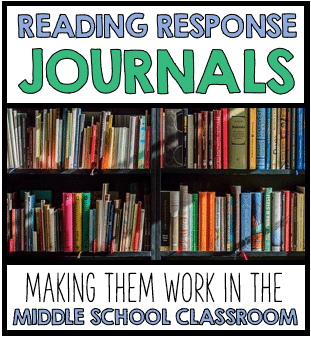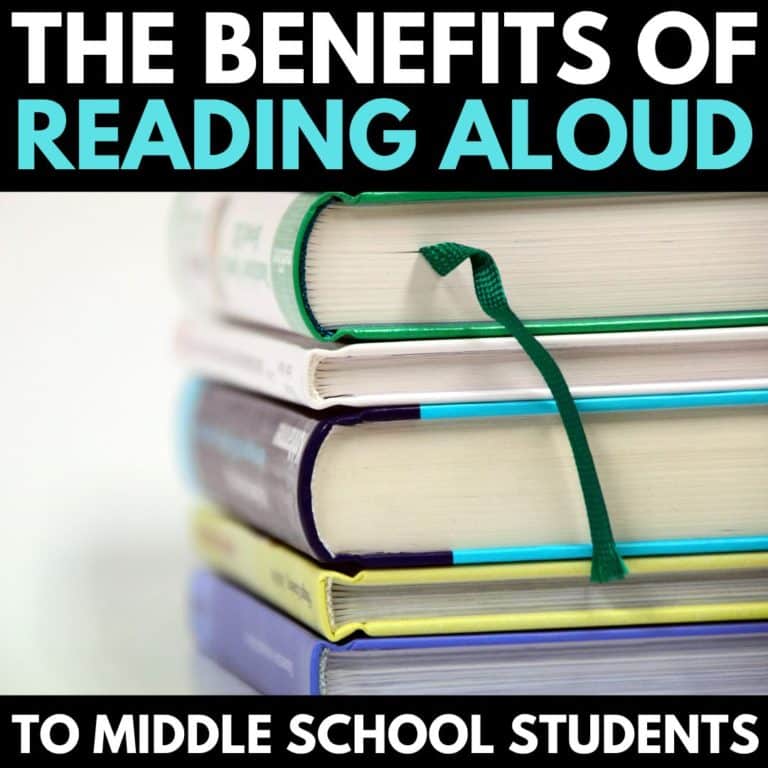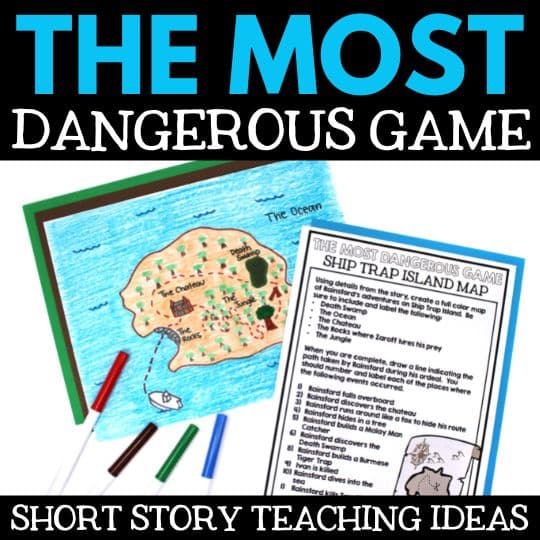What are Interactive Read Alouds?
By MARISSA DESPINS Updated April 10, 2024
We’re launching an exciting brand-new series centered around Interactive Read Alouds, and this post marks its debut. Our main focus today is to delve into a pivotal question: What are Interactive Read Alouds?
Looking for no prep-resources to introduce Interactive Read Alouds in your classroom? Click on the button below to see all of the read aloud resources available in my TPT shop!
What are Interactive Read Alouds And How Can I use Them with my Learners?
At its core, Interactive Read Alouds involve teachers taking on the role of facilitators armed with carefully selected texts. Within the classroom setting, they proactively engage students in the experience. These sessions go beyond passive listening; they morph into lively discussions between teachers and enthusiastic learners.
So, let’s break it down: What are Interactive Read Alouds? In an Interactive Read Aloud, teachers purposefully choose texts and then read to the class, punctuating their reading with well-timed pauses. These pauses create moments for asking thought-provoking questions that spark discussions. It’s not just about reading words; it’s about igniting thoughtful conversations and prompting real contemplation.
In the realm of Interactive Read Alouds, students transition from being passive observers to active participants. As the reading unfolds, they share thoughts, pose questions, and delve into the text’s meaning. This shift transforms reading from an individual endeavor into a collaborative one. By interacting with the text and with each other, students hone their thinking abilities, refine communication skills, and collectively construct understanding.
For ways to help keep your students accountable during read aloud time, check out these tips and tricks!
How are Interactive Read Alouds structured?
During an Interactive Read Aloud, teachers read carefully and purposefully selected texts to the class. Throughout the reading, teachers pause to ask thought-provoking discussion questions, encouraging students to actively engage in the literary event. Students listen to and discuss the text actively throughout the entire read aloud. Instead of sitting passively while a teacher reads aloud to a group, an Interactive Read Aloud requires students to participate in thought-provoking discussions throughout the entire story.
Why should I use these types of Read Alouds in my classroom?
According to Interactive Read Aloud guru Linda Hoy:
“When read alouds are understood as powerful teaching tools for teaching literary elements, building analytical ability, and addressing the standards, they can bring both joy and accelerated learning into the lives of our students”.
Joy and accelerated learning? Those two reasons sound pretty great to me!
Need an additional push to start them up in your classroom? Check out some additional reasons below.
Key Reasons to incorporate Interactive Read AloudS
Modeling: Interactive Read Alouds are great opportunities to model how readers think and what readers do. During a read aloud, a teacher stops and discusses important events, illustrations, vocabulary words, makes connections to other texts, and makes and confirms/disconfirms predictions. Providing a lot of different Interactive Read Aloud experiences establish a solid foundation for students. Doing this creates independent thinkers and readers.
Purposeful Instruction: Purposeful and planned instructions is great at providing the teacher time to model the reading process through interactive discussions and think alouds. Students are able to engage with new and exciting books in an environment that is both safe and risk-free.
Access to Higher Level Text: Students can often think about and understand text that is read aloud to them, even if it is above their independent reading level. Interactive Read Alouds allow even your most struggling readers to examine higher level text. They provide access points for all of the students in your classroom. For some great books to use with your learners, check out our holiday favorites, Halloween favorites, and favorite books for encouraging a growth mindset!
Engagement: During an Interactive Read Aloud, students are actively thinking before, during, and after reading. It is the perfect opportunity for students to think and talk about text. Providing these stopping points and opportunities to think and talk about text keeps students deeply engaged throughout the process. Looking for ways to boost engagement in your classroom? Check out our top tips!
Looking for some FREE resources to help plan your next Interactive Read Aloud?
Click on the image below to download this FREE resource – it contains information to answer the question: What are Interactive Read Alouds? It also contains different planning templates to get you started!
Looking for more Read Aloud Resources?
Visit my Teachers Pay Teachers store by clicking here to check out all of the different Interactive Read Aloud resources I have available! I add new ones often!
Interested in reading more about Interactive Read Alouds?
Check out some of the previous posts to help you answer the “What are Interactive Read Alouds” question!
Interactive Read Alouds: What are they?
Interactive Read Alouds: Planning Tips
Interested in signing up for my email list?
If you are interested in signing up for my email list, you can do so by clicking on the link below. I periodically send out emails with free resources, teaching tips, and exclusive deals. Signing up will also give you immediate access to some of my best selling Interactive Notebook resources – foldables, graphic organizers, and other fun activities.









